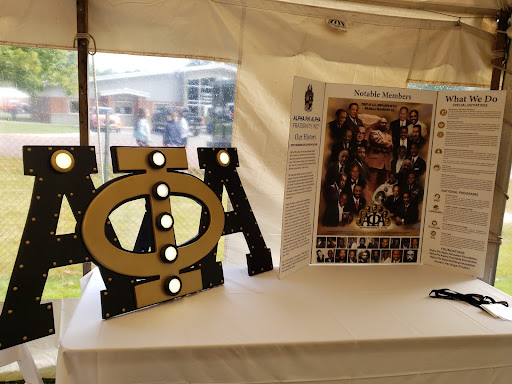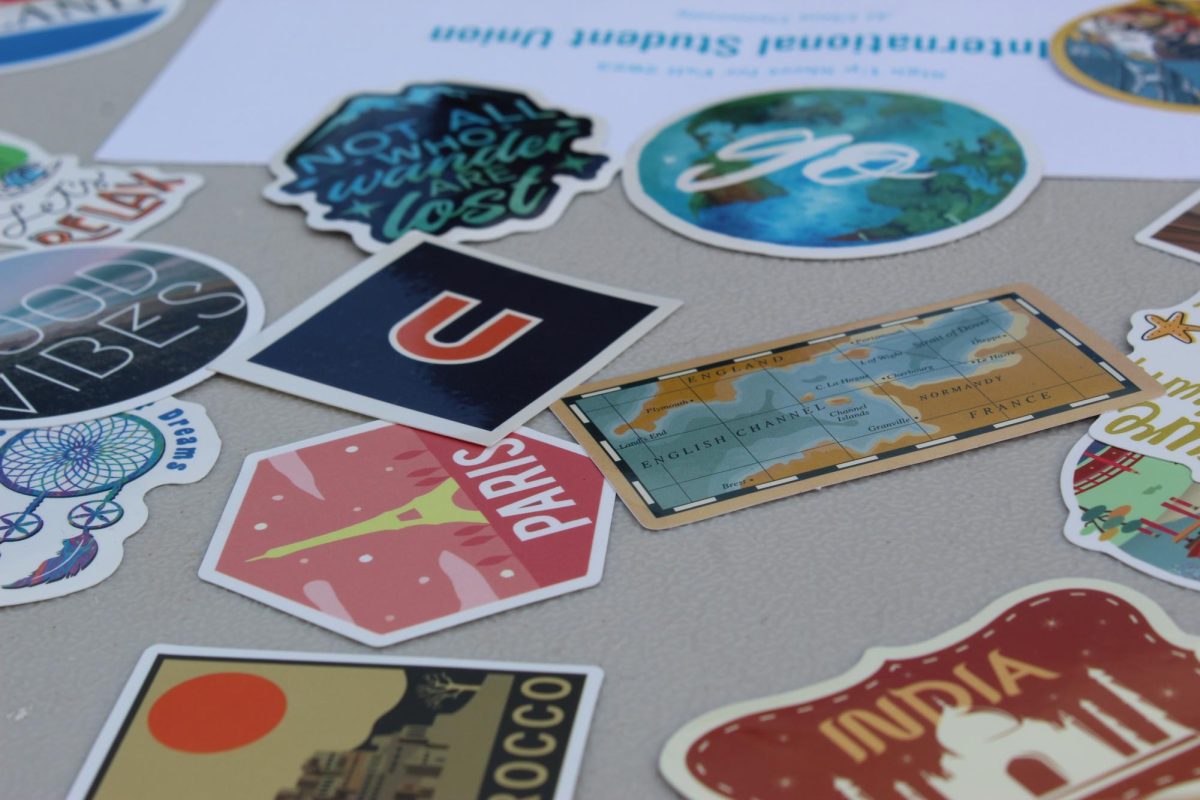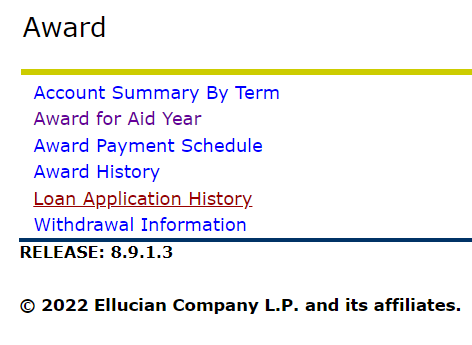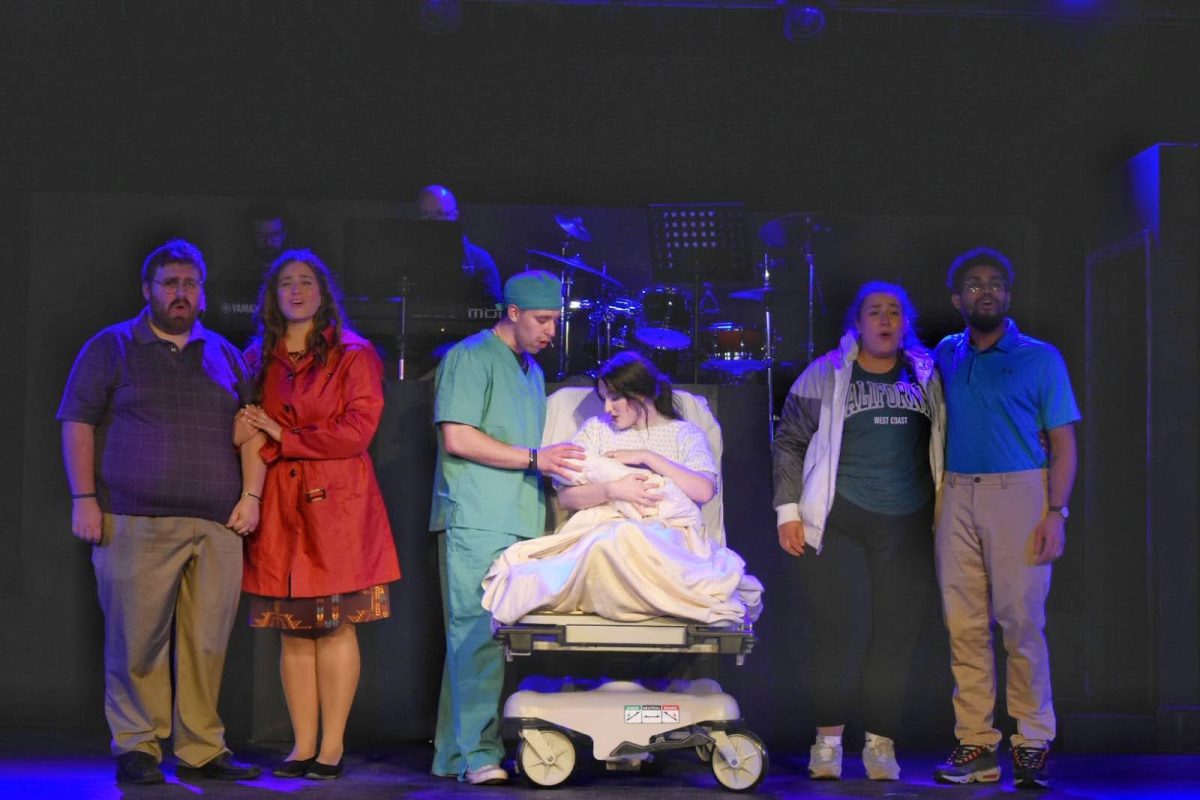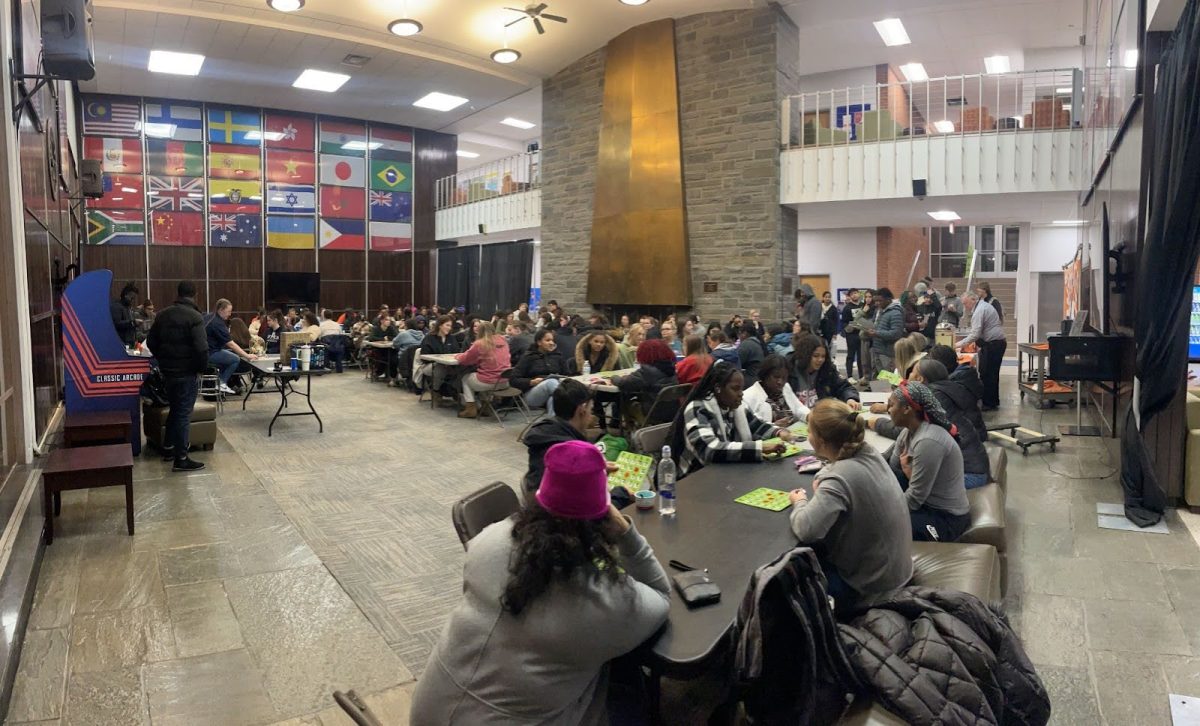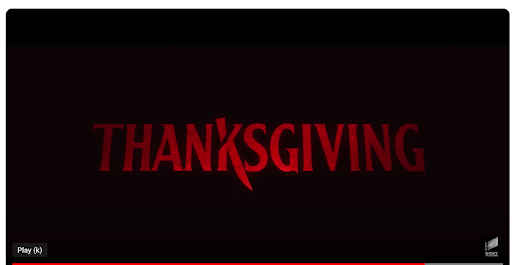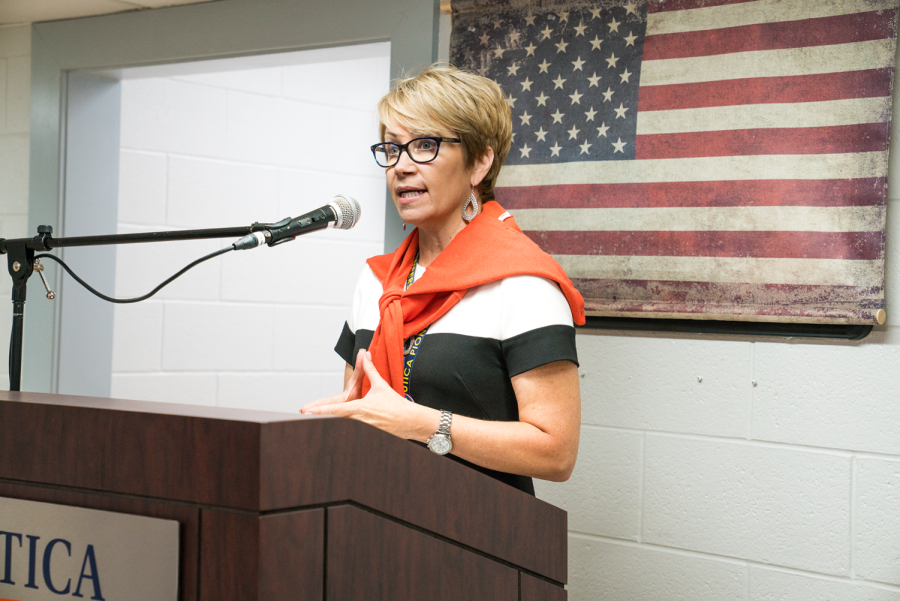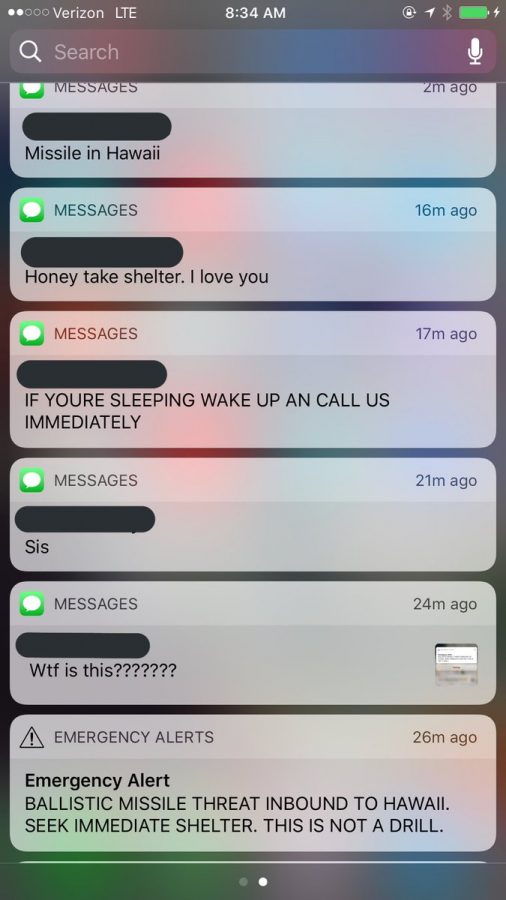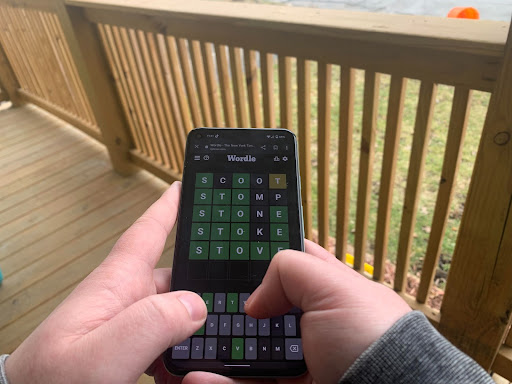Kaitlyn Tambasco, Special Assignments Reporter
On Jan. 13, citizens of Hawaii woke up to an emergency alert stating a ballistic missile was making its way to the small, island state. This alert put Hawaii in a state of emergency, causing panic as people tried to evacuate, before it was determined to be a false alarm.
The mistake was found to be human error and has brought into question the role of technology in emergency management.
Lisa Foxen, a social worker and a mother of two in Hawaii, told PBS that the scare actually pushed her family to come up with a plan if there ever was a real threat.
“I kinda was just almost like a deer in headlights,” she said. “I knew what to do in a hurricane, I knew what to do in an earthquake, but the missile thing is new to me.”
Hawaii Gov. David Ige told the Washington Post why he personally did not correct the incident sooner.
“I have to confess that I don’t know my Twitter account log-ons, and the passwords, so certainly, that’s one of the changes that I made,” Ige said.
Ige did not post anything on his Facebook page until approximately 23 minutes after the alert went out, but did not mention whether or not he knew his Facebook log in either.
“I was in the process of making calls to the leadership team both in Hawaii Emergency Management as well as others,” he told The Washington Post. “The focus really was on trying to get as many people informed about the fact that it was a false alert.”
Rachel Flores, a UC sophomore who is native to Hawaii, heard about the incident right around the time it happened.
“I was staying at my boyfriend’s house in Schenectady and woke up to him asking if my family was okay,” Flores said. “I was very worried, but I did not believe it because Hawaii is used to having false alerts.”
Flores mentioned that Hawaii has experienced a lot of false tsunami alerts and other weather alerts, so there was not much uproar among the locals. The tourists, however, panicked.
The missile alert automatically went to anyone’s phone that was around that area. This is also used when there are major weather alerts or criminals on the loose.
“In Oahu, where I am from, there are many military bunkers and safe houses that people can go to,” Flores said. “People went to Walmart and Costco to get the necessities; they were preparing for the worst.”
Flores added there were many theories behind what happened to the alarm but personally believes that it could not have been that easy to send out a missile alert.
“I honestly feel like people did not take the Hawaii missile too seriously,” Flores said. “I saw jokes on the internet after the false alarm was sent.”
Many Americans might feel disconnected from Hawaii because it’s in the middle of the Pacific Ocean, she said, and if such an incident were to occur on the mainland there would have been more chaos and uproar.
Austen Givens, assistant professor of cybersecurity, heard about the incident through Twitter after an iPhone screenshot of the alert appeared on his feed.
“Technology is indispensable for disseminating warnings in emergency situations,” Givens said. “Without technologies like text messages alerts, it would be much more challenging to warn large numbers of people quickly about emergency situations.”
Givens also referred to this incident on a local level, remarking on what would happen if a similar event happened at Utica College.
“If Utica College were to issue an emergency warning that turned out to be false, then we would have an issue as quickly as possible,” Givens said. “We have policies and procedures in place here to reduce the possibility of false emergency warnings occurring on campus.”



















![President Todd Pfannestiel poses with Jeremy Thurston chairperson Board of Trustees [left] and former chairperson Robert Brvenik [right] after accepting the universitys institutional charter.](https://uticatangerine.com/wp-content/uploads/2023/10/unnamed.jpeg)








